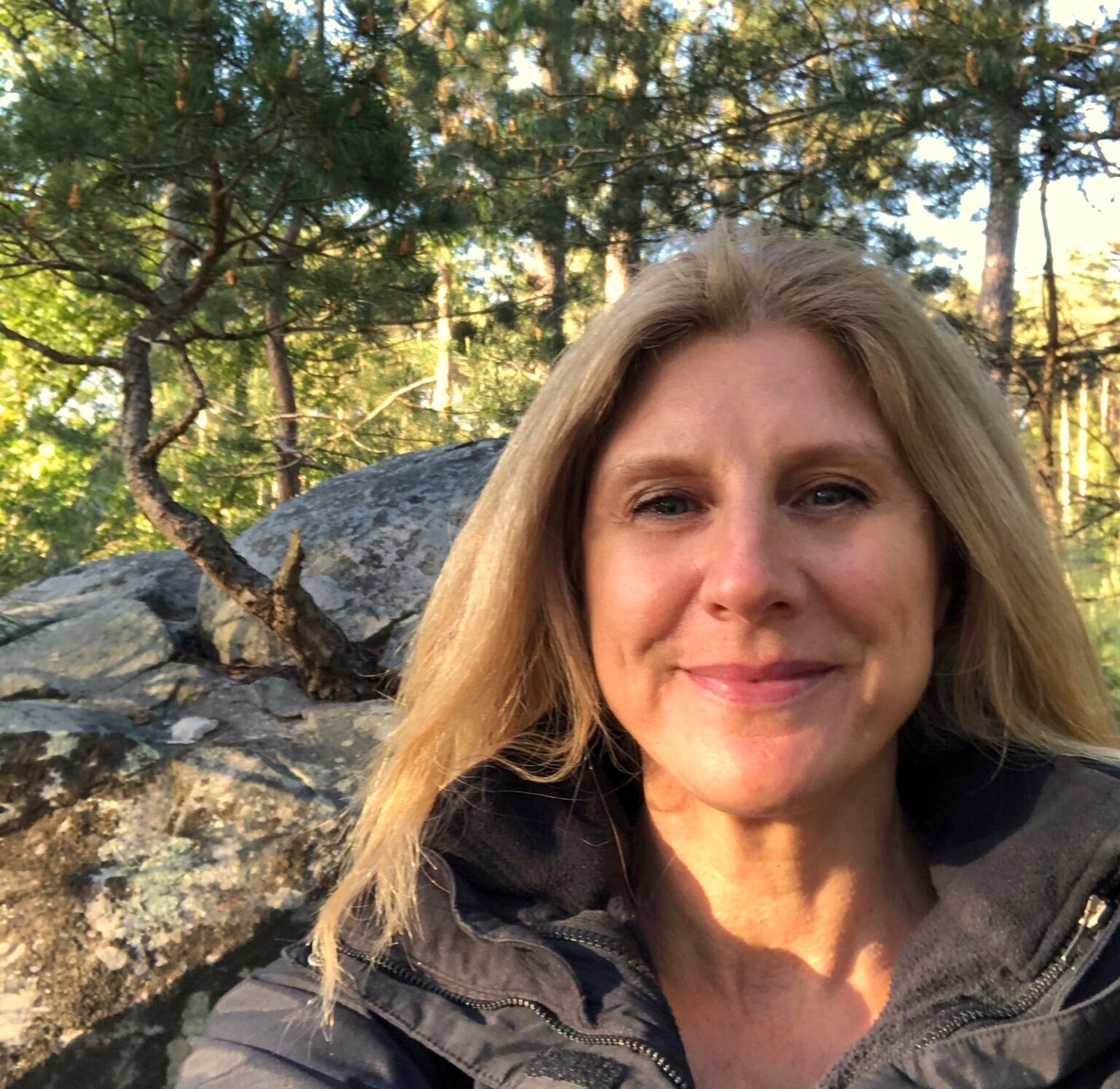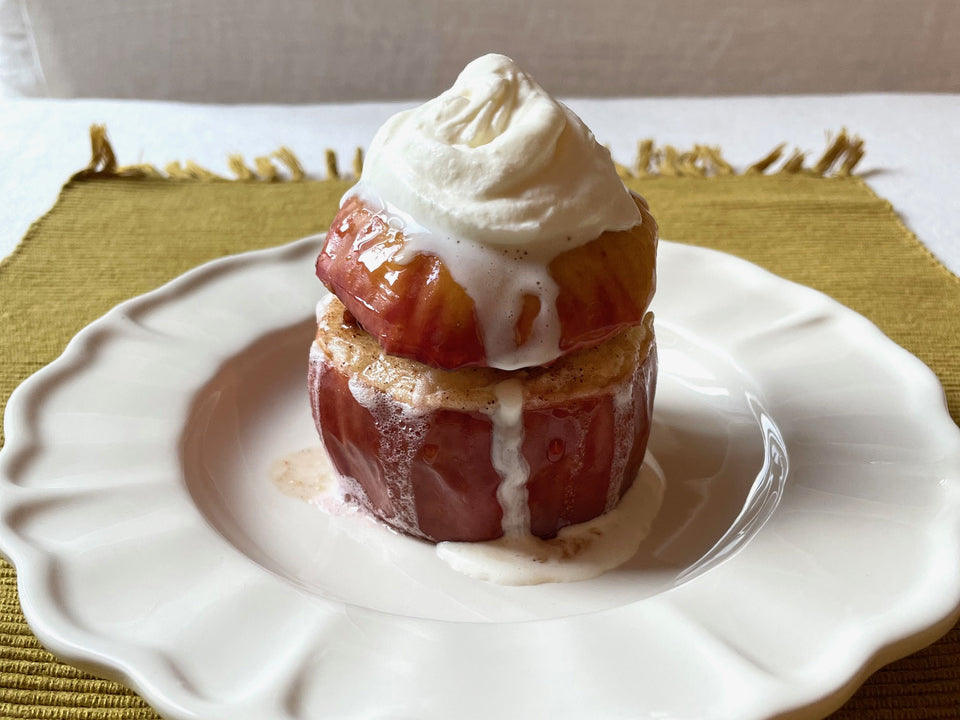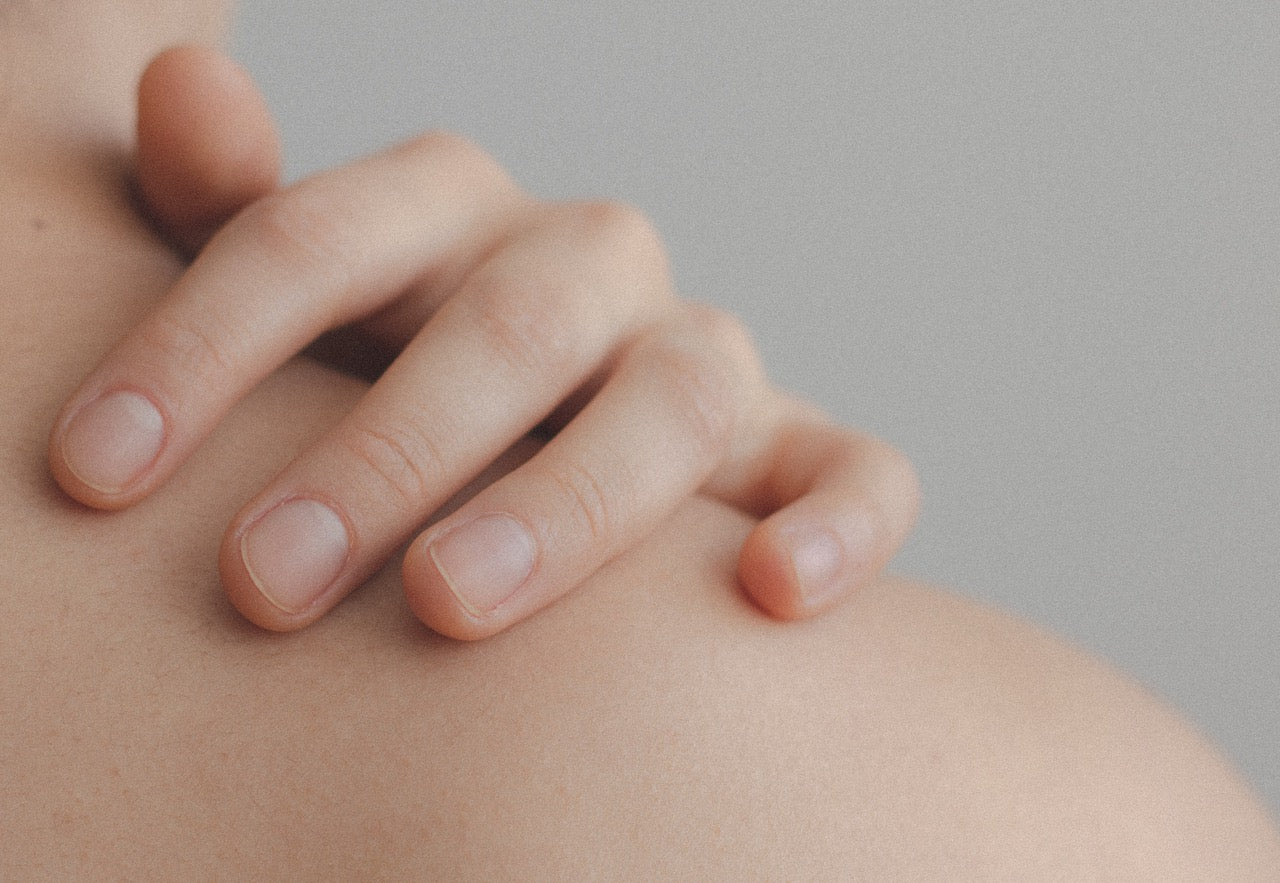
Interview with Laurence Monce, sylvotherapist
Sylvotherapy is not yet very well known in France, can you explain to us what it consists of?
Sylvotherapy is an ancestral practice which consists of immersing oneself in the forest in order to benefit from the natural therapeutic benefits provided by trees, on a physiological and emotional level.
What is the difference with the drill bath practiced by the Japanese?
Forest Bathing or Shinrin-Yoku was created in the 1980s by the Japanese government to help Tokyo residents better manage their stress. This mainly consists of participating, accompanied by trained guides, in specific activities on a route designed to create the best conditions to benefit from Nature (breathing, connection to trees, meditation, physical exercise, etc.). Today there are 68 Shinrin-yoku centers in Japan.
Shinrin-yoku or Forest Bathing is an integral part of silvotherapy. The latter further develops the therapeutic aspect and psychological and emotional support.

How to practice silvotherapy? Is this possible in town?
It is possible to practice silvotherapy in the forest, in a park or in a private garden in town or in the countryside. You should know that the greater the density of trees, the more the benefits will be felt.
To properly practice silvotherapy, it is necessary to let yourself be invited by the forest to slow down the rhythm of your steps and your thoughts, to listen to the sounds of nature, to caress the different textures, to admire the colors...
To go further, practitioners trained for this purpose support people according to their needs.
How would you describe the benefits it can provide us?
Numerous studies prove that trees play an important role in our health. They naturally produce many terpenes, such as essential oils, which contribute to our well-being. They provide us with pure oxygen allowing us to breathe fully and let it infuse into our body, strengthening our immune system.
Recent discoveries also show the benefit of walking barefoot in order to benefit from the beneficial effects of a bacteria present in the earth.
What benefit in particular on stress?
Stress is one of the main indications for the practice of sylvotherapy. You should choose trees with a rounded shape, rather deciduous trees, light in color, such as linden or beech which allow light to pass through.
Well-being hormones, notably dopamine and serotonin, are then produced in large quantities, lowering the level of cortisol and adrenaline. The parasympathetic nervous system is naturally triggered by natural invitations (e.g. breathing).
Are the benefits only emotional or are there proven physical effects?
The emotional effects are no longer to be proven. In my 20-year career, I have seen many people experiencing burnout regain dynamism and a quicker return to emotional balance.
Spending time in the forest allows the body to recharge and also to empty excesses, rebalance dysfunctions and fill voids. Blood pressure returns to a normal level, blood sugar levels drop, the feeling of oppression disappears as the sessions progress. The person is more attentive to themselves and their needs. Nature plays the role of a mirror that triggers incredible realizations.
Does it play on all our senses and how?
All our senses are used during tree activities. For a better result, it is necessary to have a good understanding of the functioning of the nervous, respiratory and hormonal systems. It is therefore important to be accompanied by a professional. The 5 senses are used and the practitioner leads the person, mainly blindly, to reconnect with their sensations.
And then there is the sixth sense, the energy field present in everything that we sense naturally when we are in the forest.
The brain reads all the information we perceive and transforms it into chemical messages inside our body.

You talk a lot about energy. How are our energy fields and those of the trees close, and can they be linked and feed (or not) on each other?
We are surrounded by energy. Life is energy. All kingdoms, animal, mineral or plant, are immersed in the same matrix, a quantum field. Everything is interconnected, every gesture and also every thought. Our brain emits many electromagnetic waves. The same goes for trees.
It is through this field that it is possible to connect to the trees. There is no need to hug the trees. This false idea is taken from the American New Age and has nothing to do with silvotherapy.
As we live in this field, demonstrated by scientists, it is therefore possible to connect to a tree without touching it. Personally, I often connect to them through thought. I feel their bark under my fingers, the earth under my feet, their scent, their flavor...
How are man and tree related? What do you think trees have to tell us?
There is no real anthropomorphism between the tree and the human. Despite everything, Darwin found a real similarity there. He classified trees in the animal and non-plant kingdom, having already perceived their interactions with their environment. He saw the tree as a human upside down, the head (where we breathe) in the ground and the reproductive system on top, the opposite of us.
Trees do not experience emotions, but they react to human emotions. When we approach them, they feel us because we vibrate. You just have to go see them with an intention of kindness and respect to let yourself be welcomed by each of them. They are majestic beings who have always had a privileged place in the life of humanity. I see them as sensitive, perceptible and helping animals.
Today, compared to twenty years ago, the trees look at humanity with sadness. They are there present and would like us to look at them more, to go see them and meet them. A tree, like the lime tree, is capable of recognizing us using our perfume, the smell of our skin, our fingerprints, our vibrations and our openness of heart.
They are waiting for us and will bring humanity all the tenderness it needs.

The LINDEN in particular:
You, who are a specialist in trees, have placed it at the 1st of the list in your book, although it is not the 1st in the alphabet… ☺, what place does it occupy according to you in the big family of trees?
The linden tree is an exceptional tree that looks like a grandmother. It is considered the sweetest tree, a balm for the heart. Moreover its leaves have the shape, to believe that it is giving us a message. Its flowers have hypnotic properties which allow humans to take a little respite from the cycle of their life. Its scent provides relief and instant calming. The intoxication of its scent transports us into a soft, silky and floating intoxication, light and sweet. A marvel of a tree!
Are the benefits of linden in forest therapy the same as those of an oak or a beech, or even a chestnut?
The linden tree brings a lot of comfort. It is possible to lay our worries at their roots and feel embraced. Its connection is soft and peaceful, enveloping with its immense kindness. We must recognize the shape of its branches, the tenderness of its leaves to look at or to chew. Its flowers look like little suns that illuminate the world with their light. It is a tree that is easy to approach, which is not the case with beech or oak. The latter requires a lot of humility, he is the master of the forest, the patriarch. He gives us courage and strength when we need it. It is a being who roots us and helps us move through the stages of life. Chassagne as they say in Occitan, the name of my ancestors.
The beech is more like a teenager who carries the memory of the world and who connects us to our inner temple. As for the chestnut tree, it represents the faithful friend, the traveling companion. This tree comes to us from Asia Minor. He knew how to adapt to all types of terrain, reflecting his generous and kind character.
As a sylvotherapist, what do you think are his greatest virtues, those that he shares with no other...?
The linden tree is a therapeutic tree. Whether by its shape, its color, its bark, its leaves or its flowers, the entire lime tree invites serenity.
Pliny the Elder made vinegar from the bark to repair skin problems. In the Middle Ages, it was planted in many villages by royal order. The villagers met there to talk under its welcoming branches and the harvest of its flowers was then reserved for hospitals.
It has many properties: calming, antispasmodic, digestive. It cares for the skin, gives beauty, drains the body. Whether it is these flowers or its sapwood, each of its parts contains different mucilages, terpenes and tannins.
In the TiL area there are more than a hundred venerable linden trees, around 150 years old. You talk about it like a family, where everyone plays a role. Can you tell us more?
A single tree planted in a garden is like an only child. The tree, and especially the linden tree, is a sociable being that likes to live with its brothers. Their branches cling to each other as well as their roots. I imagine walking around Domaine de Til must be fascinating. Feel the presence of each of them, know their shapes, their particular sensitivity and let yourself be carried towards them. The linden tree, like other trees, does not have emotions but they have reactions based on human emotions. Like an animal, he feels the vibrations. So imagine yourself walking among this family of century-old trees... in a few minutes, you will emerge serene and light. Absolute Zen guaranteed!
Each of the trees at Domaine de Til has a very specific role.
Depending on its roots, its shape, its presence, a tree can be the guardian, the master, the healer, the teacher, the conduit of souls, the pillar. It is then invested with a mission and interacts accordingly with its environment.
The Linden tree is one of man's best companions, very present in particular in our cities and our parks. How can it help us in an often tiring and stressful daily life, where we miss nature?
Just through its benevolent presence, the linden tree calms the mind, body and soul. First of all, it is necessary to leave our worries and bad thoughts far from the tree. Then, with an intention of unconditional love, walk towards the tree, with an open heart, hands out and feel it vibrate at a distance of about one meter. Listen to your body's reactions. Is your heart beating faster? Do you feel tingling in your hands? In your feet? Let the tree adapt and get used to your vibration, to your presence. Then move forward again. Introduce yourself to him by whispering your first name. He needs to know you. Tell him what you're looking for. Gently place your left hand, then your right hand. Lower your shoulders and breathe slowly. Then rest your spine on its trunk and feel refreshed.
As you leave, thank the linden tree for what it has brought you and wave to it.

Short questionnaire in the style of Proust – If you were a linden tree, what would you answer?
Your main character trait? Like a linden tree, welcoming and kind.
The quality you want in a man? The respect
What quality do you prefer in a woman? Tenderness
What do you like most about your friends? Their warm presence
Your main fault? Obstinacy – always towards the Light
Your favorite occupation? Talk to trees, feel their presence
Your dream of happiness? Being with my family of humans and trees every day
Your favorite color? Rainbow
Your favorite bird? Buzzard that follows me in every forest
Your favorite poet? Victor Hugo (especially Aux Arbres)
Your favorite composer? Vivaldi
Your favorite painter? The Impressionists: Renoir, Monet, Manet…
What do you hate most? The lie
And finally your motto? The path of life is filled with stars. You just have to look for them to find them and live in their light.


